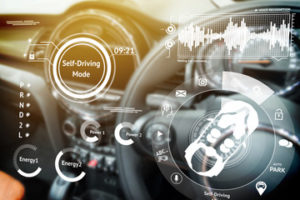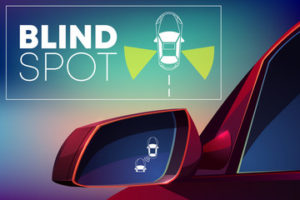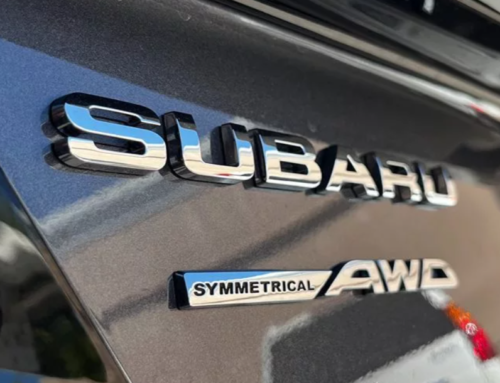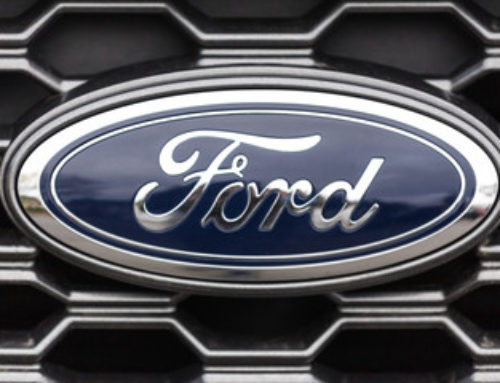Lets Talk Basics
Do you own a car newer than the late ’90s? Chances are very good that it has antilock brakes and traction control. In most vehicles, these features are now standard. ABS brakes use sensors to detect the rotational speed of each wheel, and then a controller uses valves and pumps to meter braking effort accordingly when it detects a wheel that may be on the verge of locking up and skidding.

Traction control uses a processor (sometimes integral with the ABS controller) that monitors the rotational speed of the wheels and uses braking friction to slow a wheel that may be spinning faster than the others and losing traction. Some vehicles have a button to override and disengage traction control since wheelspin can actually be useful if you need to get out of mud or snow.
Modern Advances in Safety

In an earlier post we discussed Adaptive Cruise Control, let us take a look at some of the other safety features found in the cars of today!
LANE DEPARTURE ALERTS
They do just what the name suggests: lane departure systems give the driver a warning when the vehicle drifts to the left or right out of a lane (unless it detects a turn signal is on). They may use cameras, infrared sensors, lasers or a combination of those.
Sensors are typically mounted around the rearview mirror, behind plastic fascia at the front of the vehicle, behind the windshield or under the vehicle. The main disadvantage of lane-management systems is that they rely on visible lane markings and are less effective when centerline or shoulder markings are faded or nonexistent.

BLIND SPOT WARNING
Blind-spot warning systems monitor these hard to see areas and alert the driver through flashers on the pillar or side-view mirrors, an alarm, or a seat vibration if the driver tries to change lanes when there’s a conflict with another vehicle in that lane.
Some systems can even direct the vehicle back into the right lane and prevent the lane change.

FORWARD COLLISION WARNING
Using much the same tech as adaptive cruise control, collision warning systems, scan the road ahead to warn drivers of an impending collision with a vehicle or obstacle. If the driver doesn’t respond, the system can apply brakes or take evasive action on its own.
Some collision warning systems can also detect animals or pedestrians!
SAFE EXIT ASSIST
Ever park on the street and open your door to get out just to have a car fly past you and nearly take your door off?! Well, kids aren’t always so cautious about that sort of thing, and safe exit assist uses radar to alert you to fast-moving vehicles that are approaching. It then gives you a warning to not deactivate the child safety lock system until the coast is clear.

DRIVER INATTENTION MONITOR
This is a feature that keeps track of lane usage, steering input from electric power steering systems and other factors to determine a driver’s inattention or drowsiness. Yes, your car may be watching you, as some use a camera to monitor the driver’s face and eyes and even things like skin capacitance, heart rate, muscle activity, and brain activity. If a driver seems to be nodding off, they may get a suggestion to get off the road for a bit, my car pops up a message on the dash that shows a cup of coffee and suggests to take a break.







